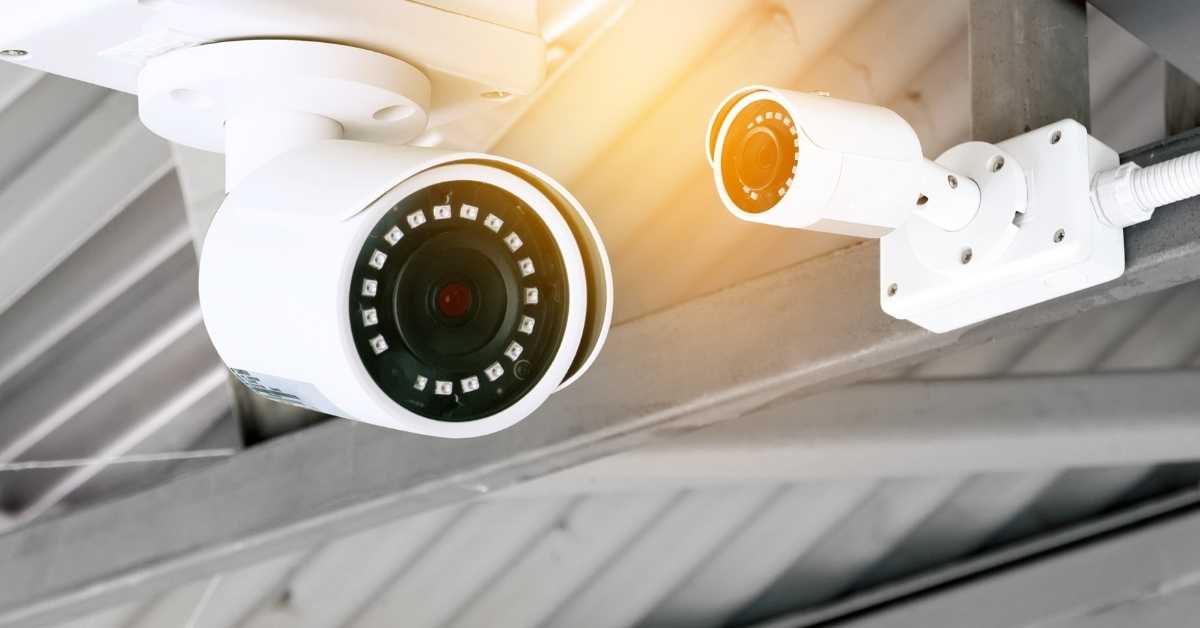Security cameras have become an integral part of modern surveillance systems, playing a crucial role in ensuring the safety and security cameras installation of both public and private spaces. From their humble beginnings as rudimentary monitoring devices, security cameras have evolved into sophisticated tools equipped with advanced technologies. This article explores the history, technological advancements, and the significance of security cameras in contemporary society.
A Brief History of Security Cameras
The concept of video surveillance dates back to the mid-20th century. The first documented use of a security camera system was in 1942 during World War II, when the German engineer Walter Bruch designed a system to observe rocket launches. By the 1960s, security cameras began to appear in public spaces in the United States, primarily for the purpose of crime prevention and traffic monitoring.
The technology continued to develop through the 1970s and 1980s, with Closed-Circuit Television (CCTV) becoming a common feature in banks, stores, and other high-risk locations. These early systems were analog, required physical tapes for recording, and offered limited resolution.
Technological Advancements
The advent of digital technology in the 1990s revolutionized the security camera industry. Here are some key advancements that have shaped the current landscape of surveillance:
- High-Definition (HD) and 4K Resolution: Modern security cameras offer high-definition video quality, enabling clearer and more detailed footage. This improvement has significantly enhanced the ability to identify individuals and incidents.
- Internet Protocol (IP) Cameras: Unlike analog cameras, IP cameras transmit data over a network, allowing for remote access and control. This has made it easier to monitor multiple locations from a single control center.
- Wireless Technology: The introduction of wireless cameras has eliminated the need for extensive cabling, making installation easier and more flexible.
- Artificial Intelligence (AI) and Machine Learning: AI-powered cameras can now recognize faces, detect unusual activities, and send real-time alerts. Machine learning algorithms help these cameras to improve accuracy over time.
- Cloud Storage: Instead of relying on physical storage, many modern systems use cloud storage, which offers greater capacity, security, and accessibility.
- Night Vision and Thermal Imaging: Cameras equipped with infrared LEDs and thermal sensors can capture clear images in low-light conditions, ensuring round-the-clock surveillance.
Applications and Benefits
The versatility of security cameras means they are used in a variety of settings, each with its own unique benefits:
- Crime Deterrence and Investigation: Visible security cameras act as a deterrent to potential criminals. When crimes do occur, recorded footage provides valuable evidence for investigations and prosecutions.
- Public Safety: In public spaces like parks, streets, and transportation hubs, security cameras help monitor and manage crowds, detect suspicious activities, and ensure public safety.
- Traffic Management: Traffic cameras aid in monitoring road conditions, managing traffic flow, and identifying violations such as speeding or running red lights.
- Retail and Business Security: Retailers use cameras to prevent theft, monitor employee behavior, and ensure the safety of customers and staff. Businesses also use them to protect sensitive areas and assets.
- Home Security: Residential security cameras provide homeowners with peace of mind by allowing them to monitor their property remotely, receive alerts about potential intrusions, and keep an eye on children or elderly family members.
Privacy Concerns and Ethical Considerations
While security cameras offer numerous benefits, they also raise important privacy and ethical issues. The pervasive use of surveillance can lead to concerns about the erosion of privacy and potential misuse of footage. It is essential for governments and organizations to establish clear guidelines and regulations to balance security needs with individual privacy rights.
Transparency about where and how surveillance is conducted, limitations on data retention, and strict access controls are critical measures to ensure that security cameras are used responsibly.
Conclusion
Security cameras have come a long way since their inception, evolving into powerful tools that enhance security and safety in various environments. As technology continues to advance, these systems will likely become even more sophisticated, offering new capabilities and applications. However, it is crucial to navigate the ethical landscape carefully, ensuring that the benefits of surveillance do not come at the cost of individual privacy and freedoms. By doing so, society can leverage the advantages of security cameras while maintaining trust and respect for personal privacy.
